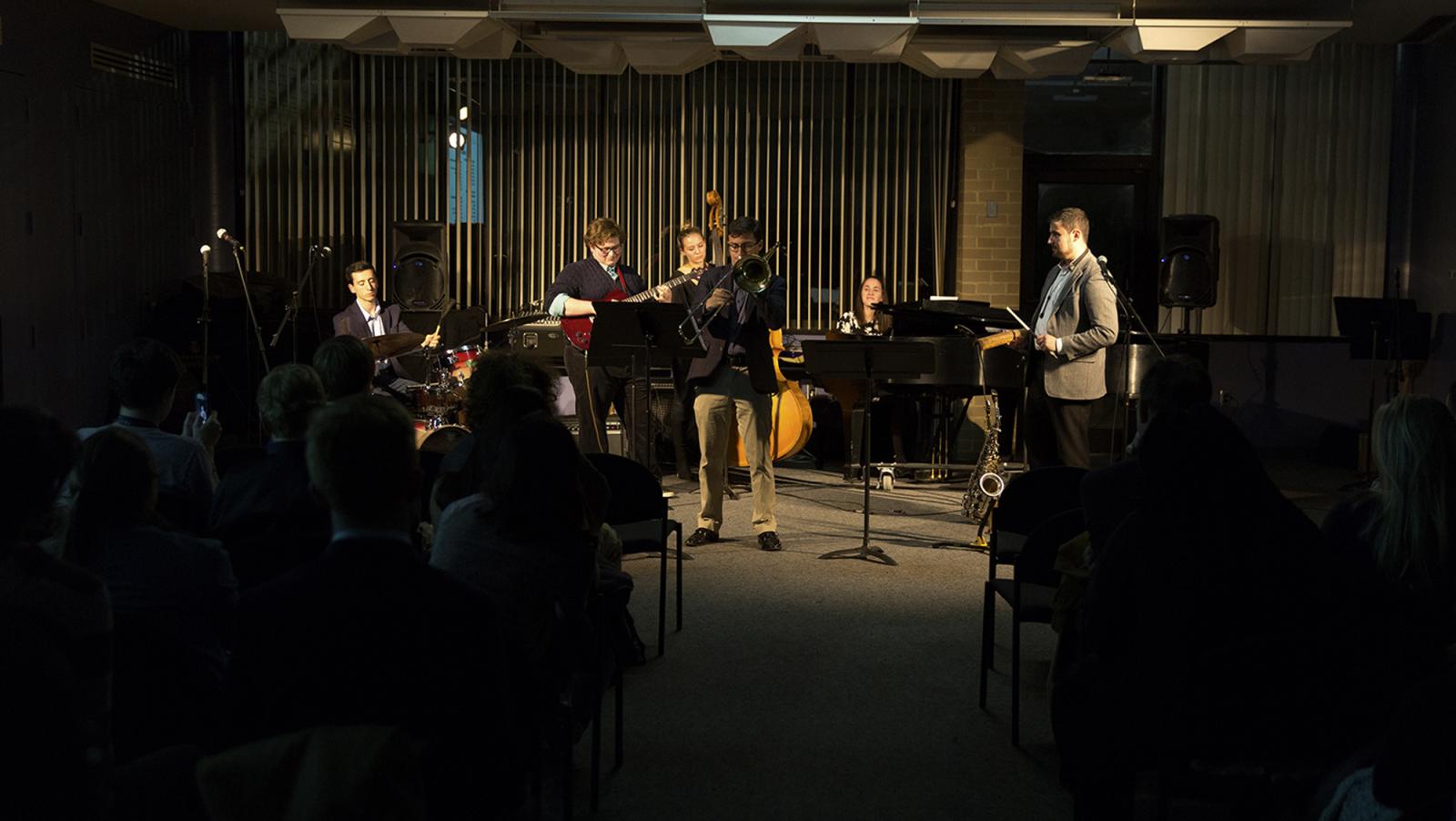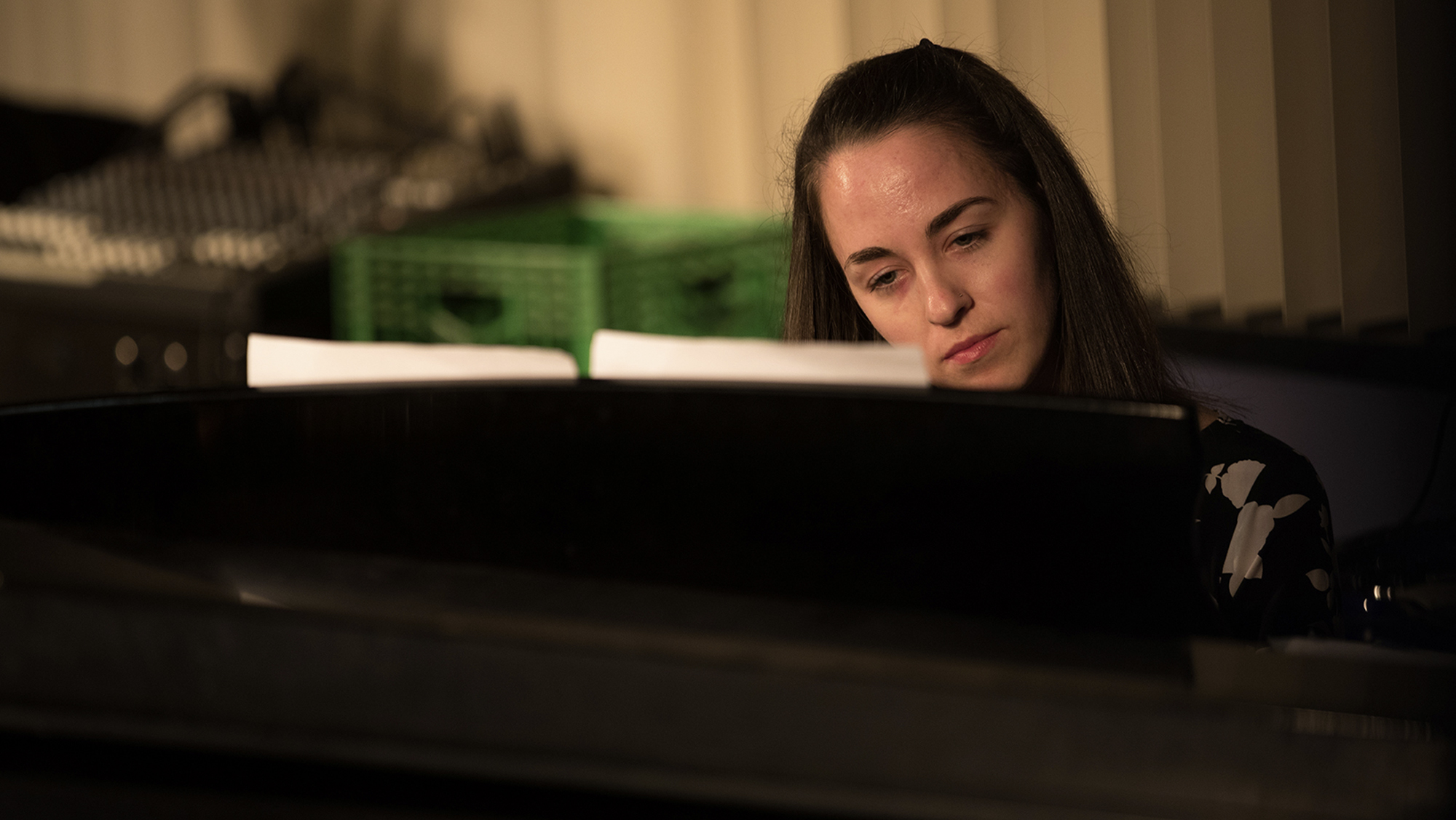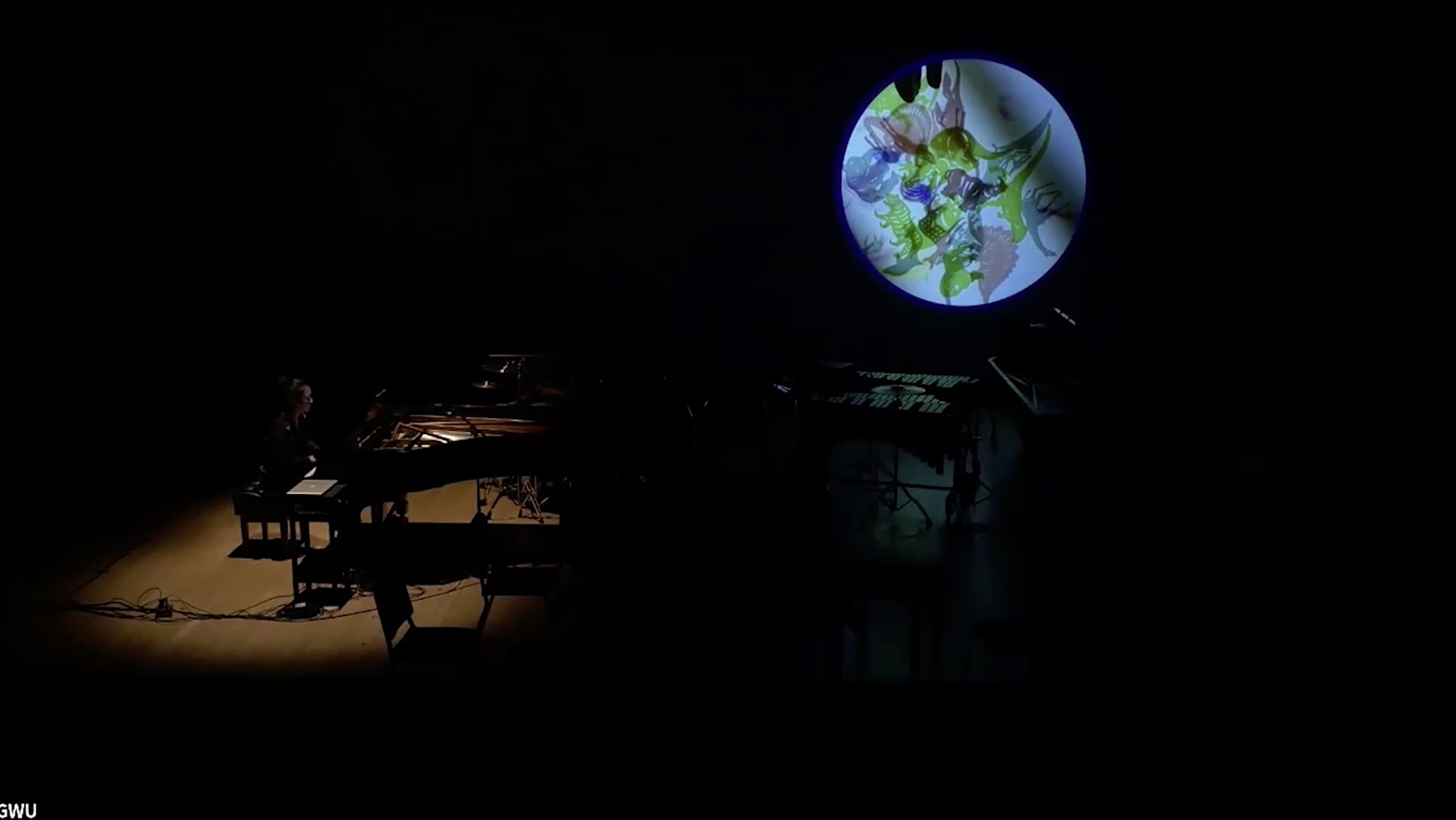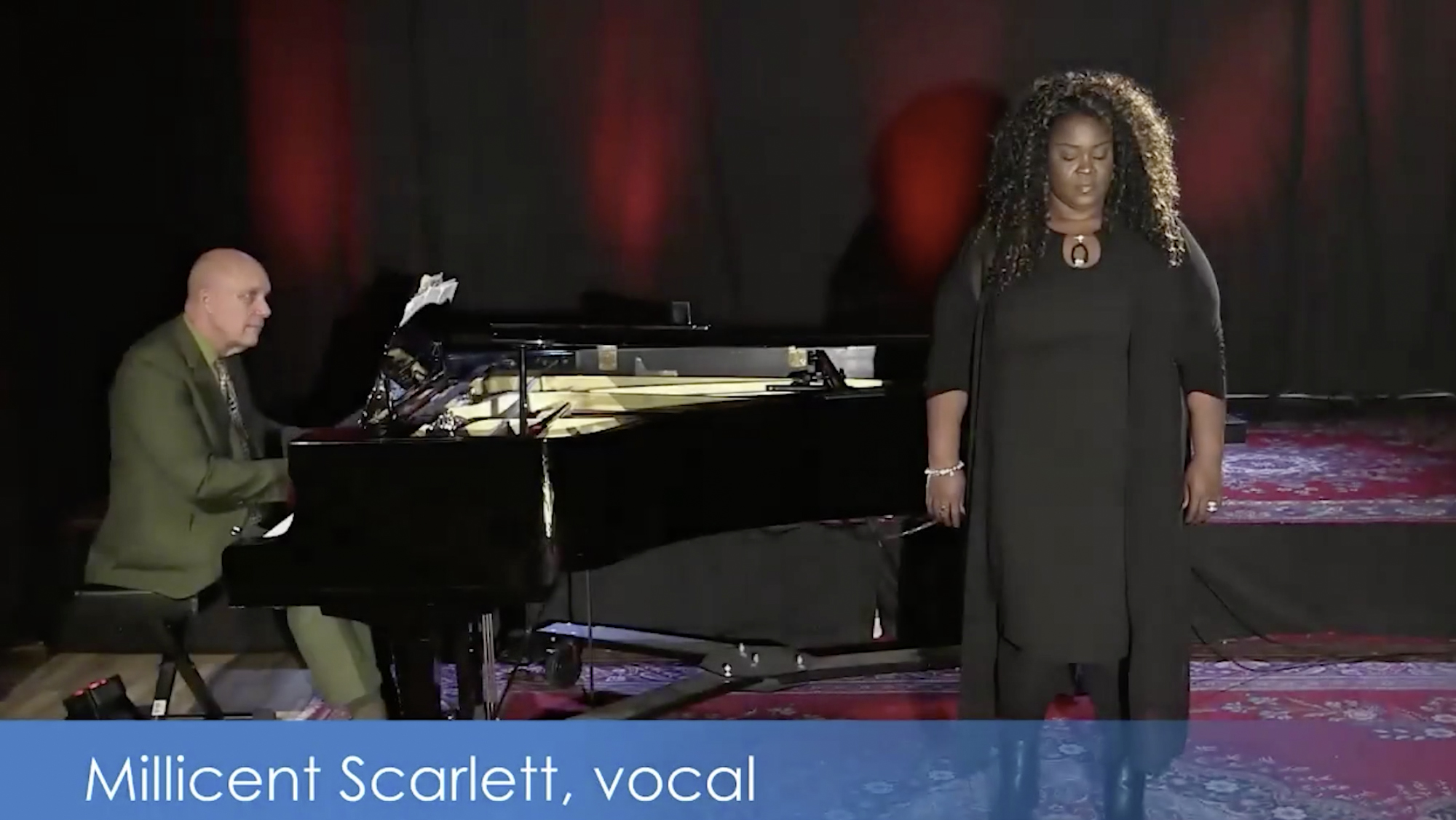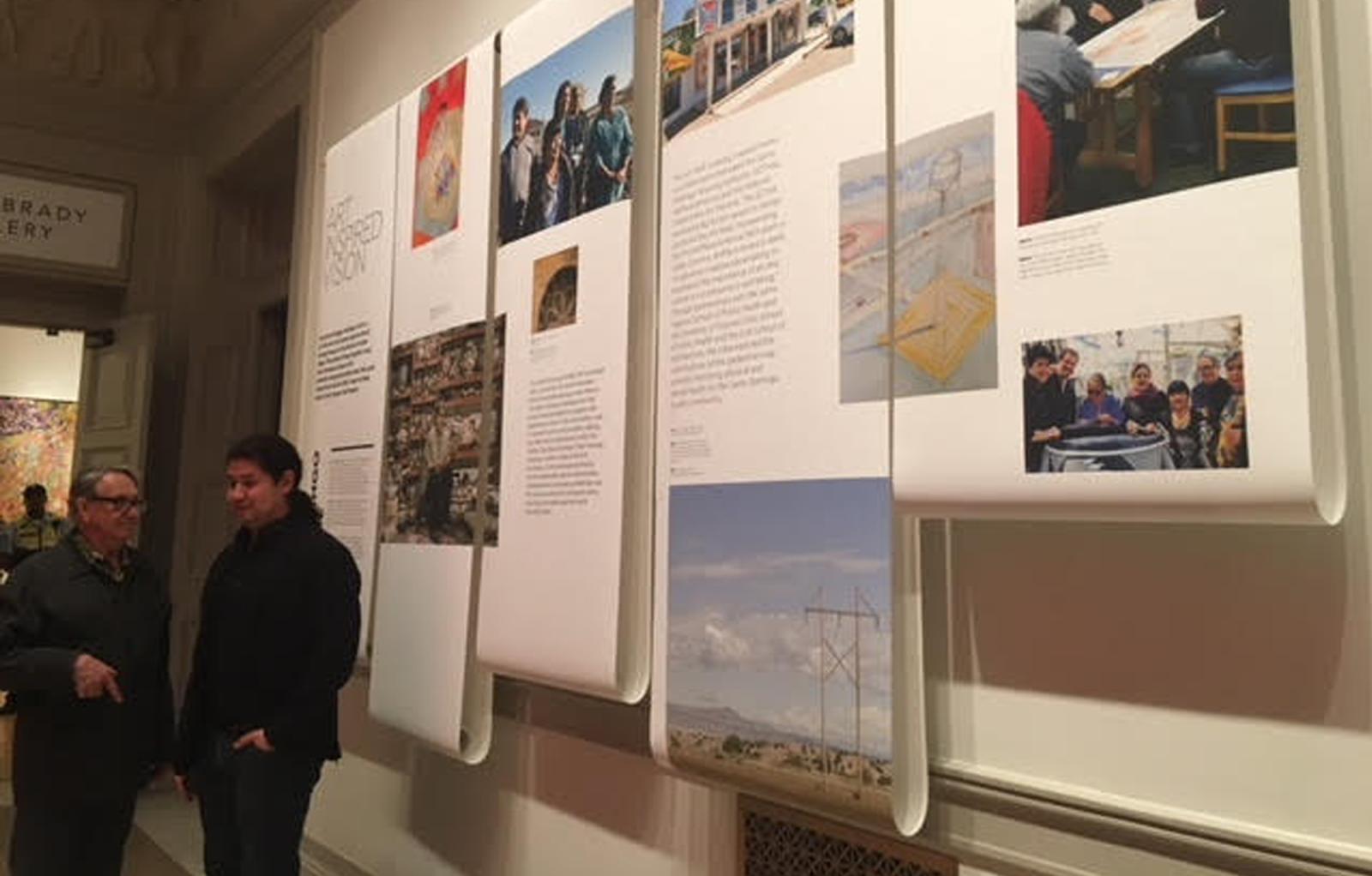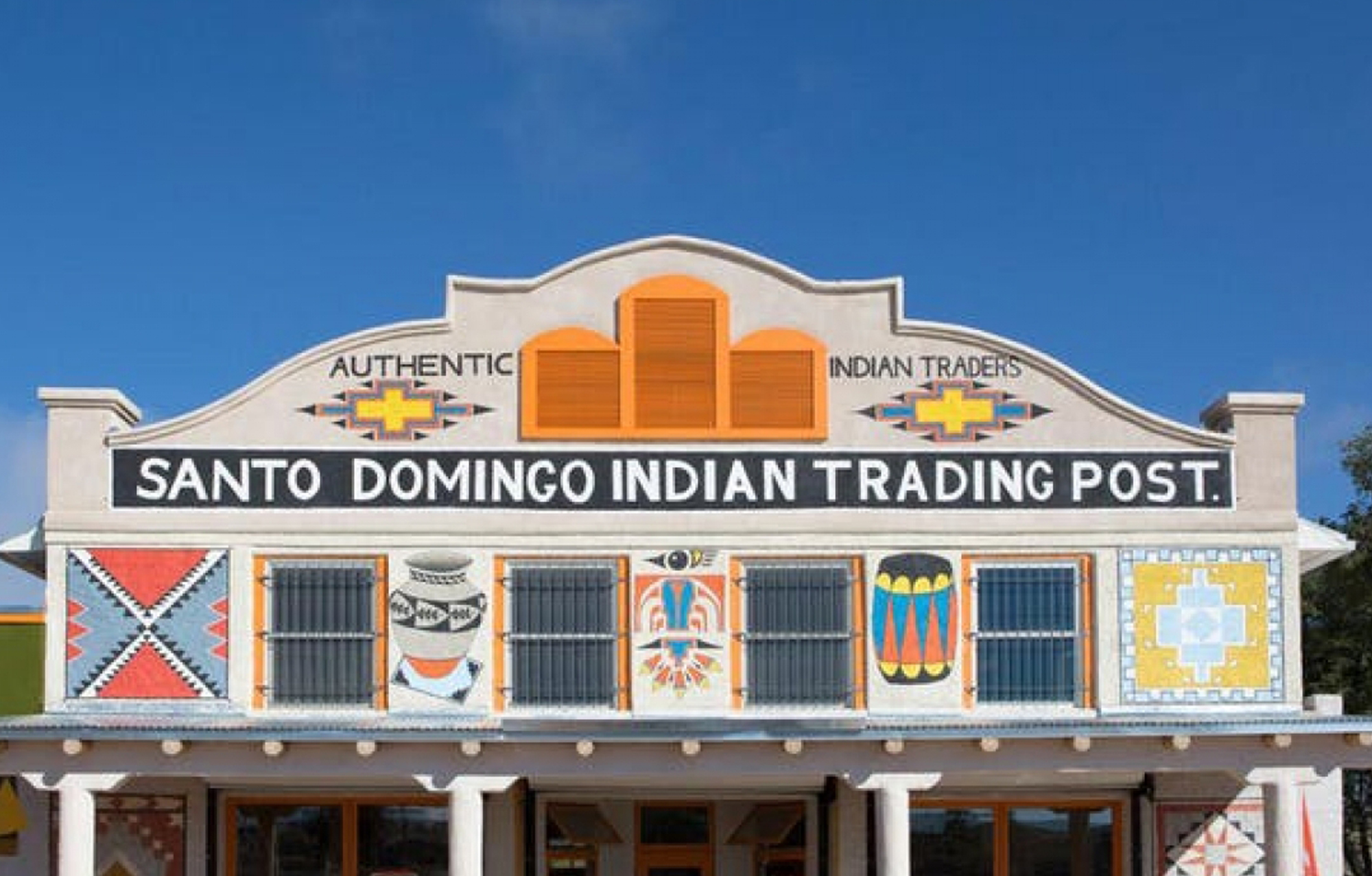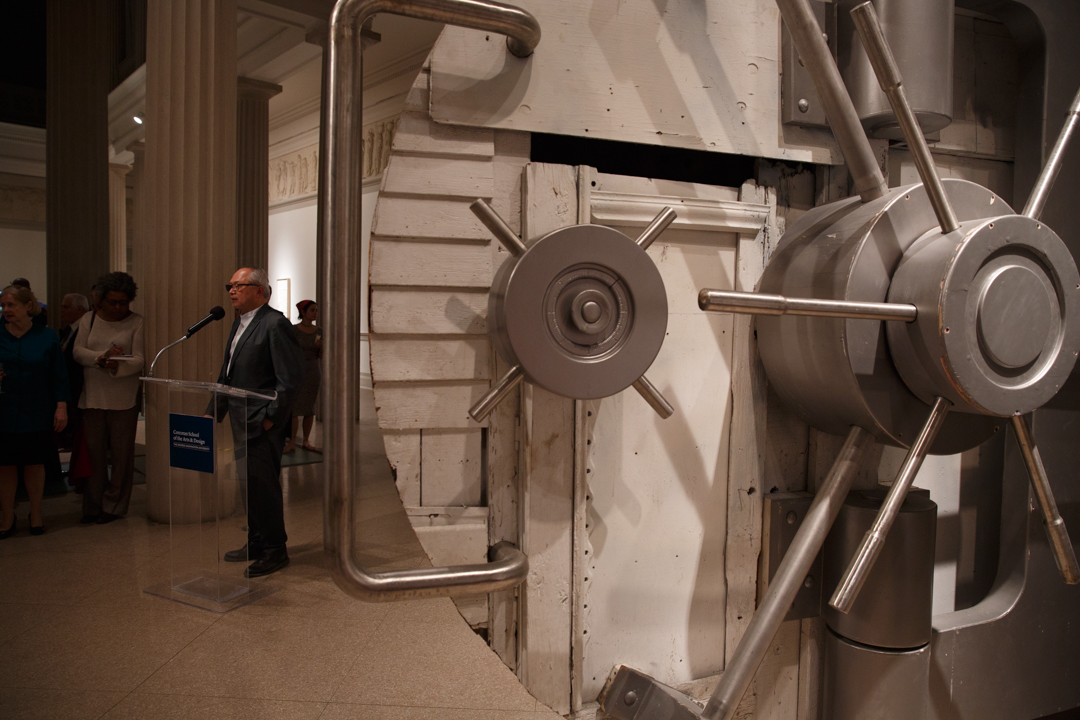Past Exhibitions
PAST EXHIBITIONS
CORCORAN MUSIC FESTIVAL
November 11 - 19, 2020
Corcoran School of the Arts & Design (various locations)
The Corcoran Music Festival celebrates music through performances by nationally and internationally acclaimed artists, faculty and students.
UPCOMING:
November 11 - 14, 2022
Corcoran School of the Arts & Design (various locations)
This year’s festival highlights the work of faculty performing in a variety styles and traditions, including jazz, electronic, and hip hop (Friday); orchestra and bands (Saturday); choir (Sunday); and chamber music (Monday). All events are free and open to the public.
Jazz & Electronic Computer Music - Fri, Nov. 11, 5-6 PM - RSVP
GW University Orchestra Concert - Sat, Nov. 12, 1-2:30 PM - RSVP
GW University Band Concert - Sat, Nov. 12, 4-5:30 PM - RSVP
GW University Singers - Sun, Nov. 13, 3-4:30 PM - RSVP
Finale Event: Faculty in Concert - Mon, Nov. 14, 7:30-9 PM - RSVP
VISITING PROFESSOR EXHIBITION: JOSEPH KUNKEL
BRIDGING BOUNDARIES
Opening Reception on June 14, 2019 from 6 – 8 pm
Exhibition opens June 14 – August 19;
open to the public Tues – Fri, 10 a.m. – 6 p.m. and Weekends, 1 – 6 p.m. The Atrium Galleries
500 17th Street NW
Professor Joseph Kunkel—a Northern Cheyenne tribal member—will draw from his own experience as an architect and community designer, with extensive experience working on building capacity in Native American communities, in this remarkable exhibit.
Kunkel’s show will continue a critical discussion about the physical and non-physical divisions that recognize and reconcile polarized groups. With the intention to demonstrate how architecture and design can create space for unification and negotiation, the exhibit will explore works of art across a spectrum of design tactics.
VISITING PROFESSOR EXHIBITION: MEL CHIN
FUNDRED RESERVE PROJECT
February 23 – March 20, 2017
Rotunda
500 17th Street NW
The show is part of Mr. Chin’s collaborative Fundred Dollar Bill Project, which he created in 2008, after learning that in post-Katrina New Orleans, 30 to 50 percent of the inner-city childhood population had been exposed to lead poisoning before the storm. There was no funding to address the problem.


